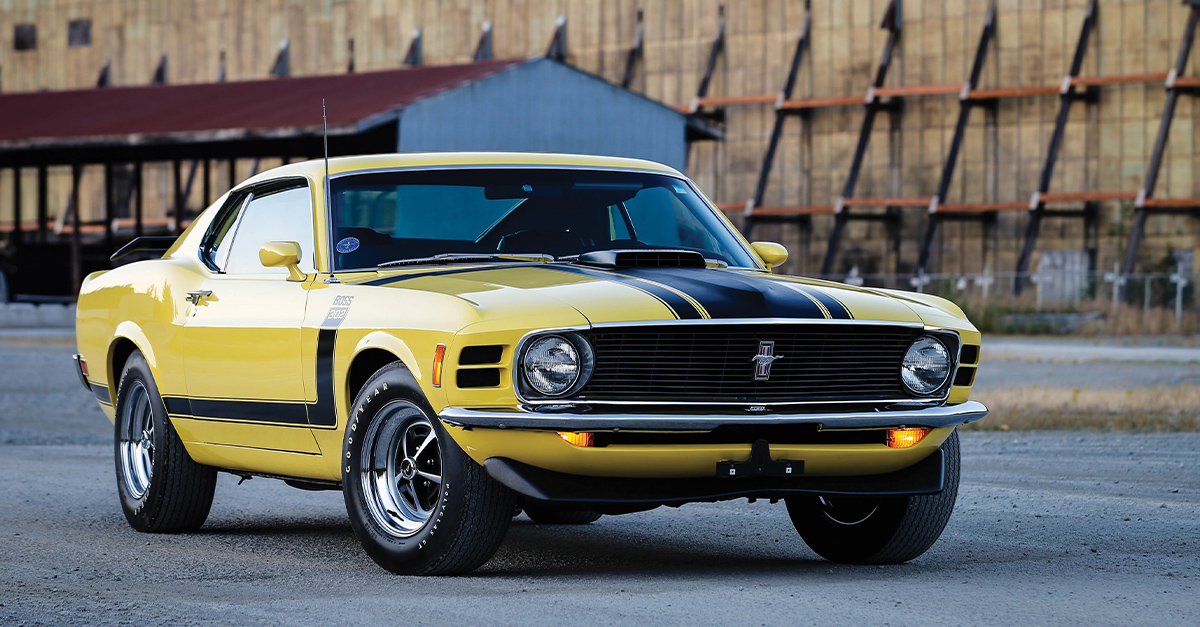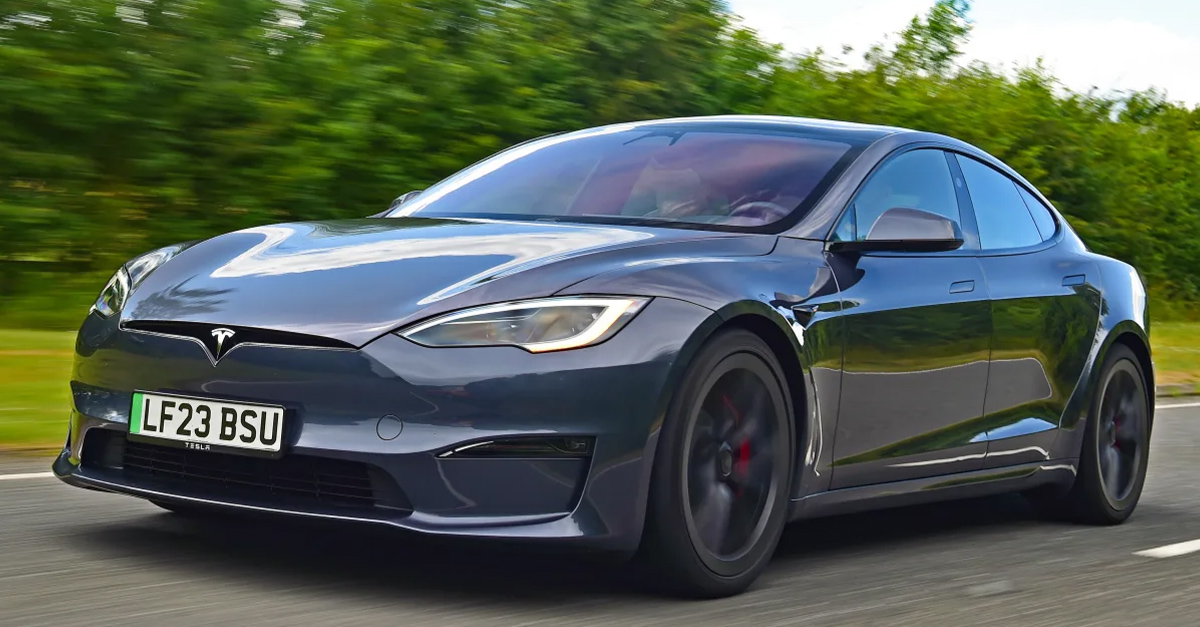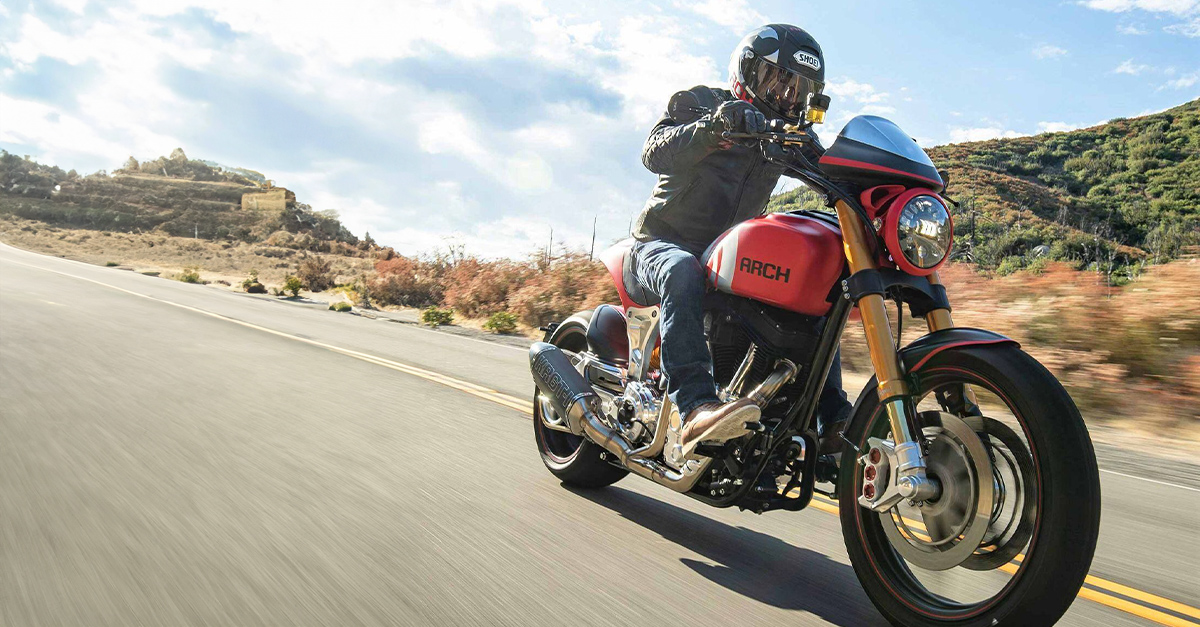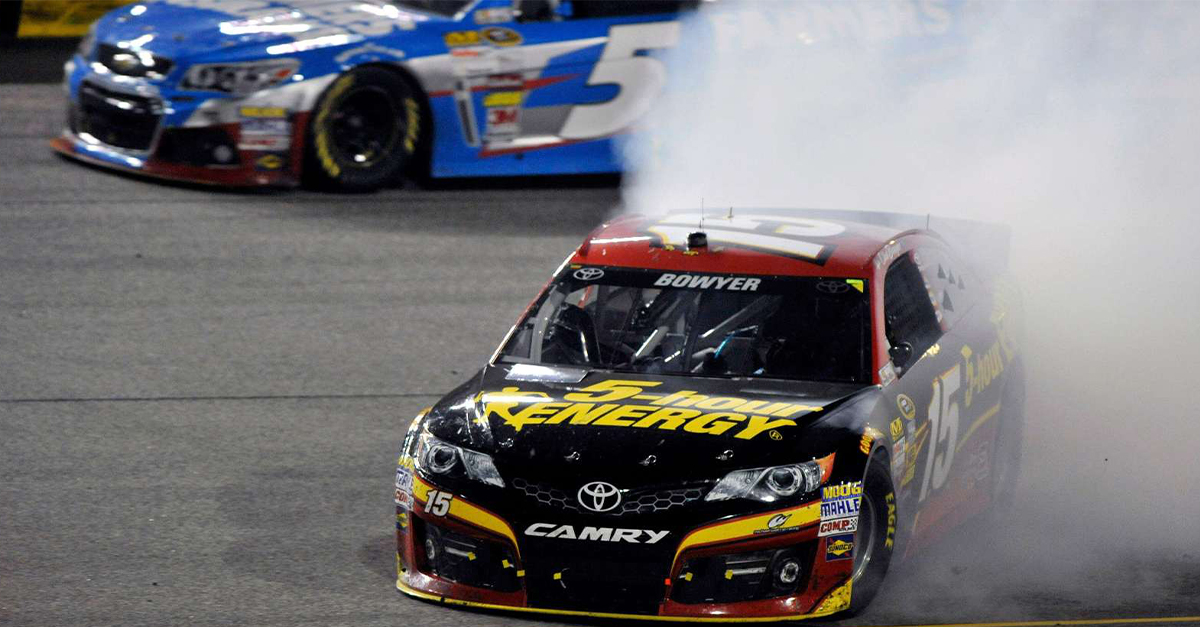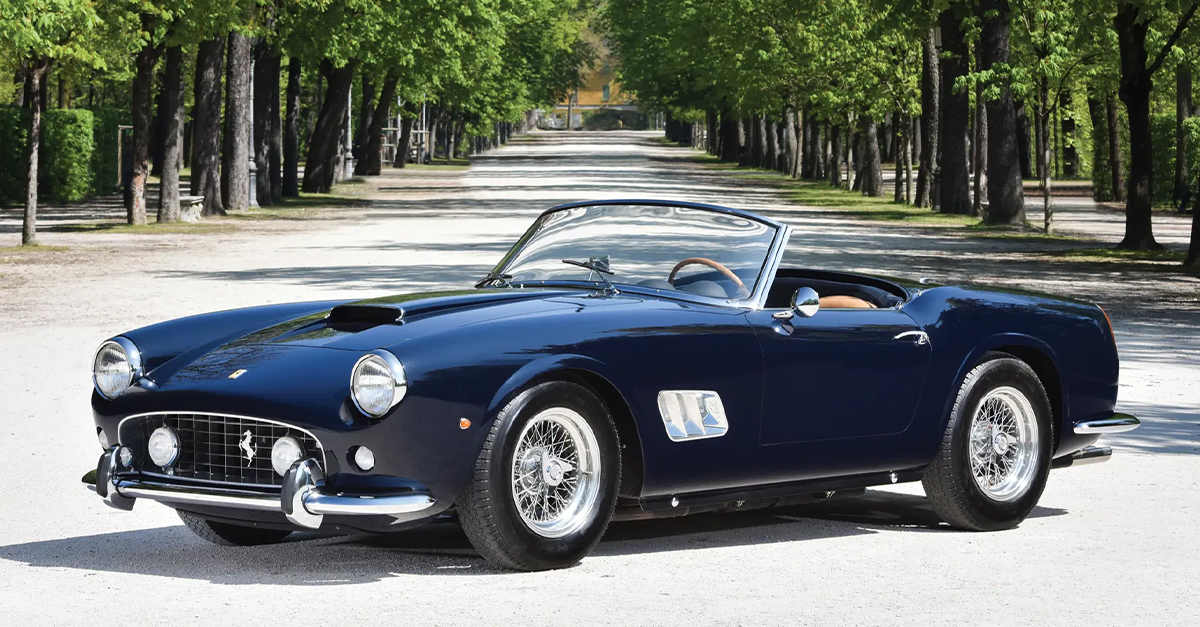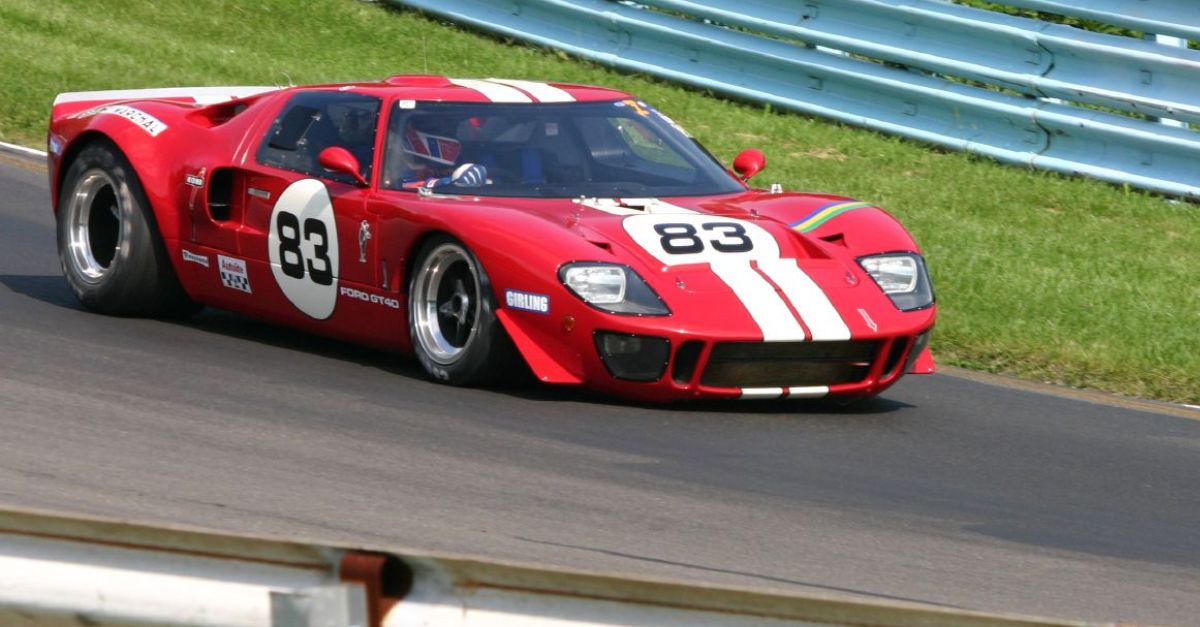Want To Start A Classic Car Collection? Start Here
Diving into the world of classic cars can feel overwhelming—there’s so much chrome, horsepower, and history to sort through. But don’t worry: the best way to start is by picking the right car. Whether you're hunting for something stylish to cruise in on weekends, a cool piece of automotive history to admire in your garage, or a fun project to wrench on, there's a classic car that fits the bill. Here are 20 classic cars that are beginner-friendly, relatively affordable, and have tons of support in the collector community.

Ford Mustang (1964–1973)
The original pony car is a no-brainer for any newbie collector. With iconic looks, a massive parts aftermarket, and plenty of affordable examples still on the road, the first-gen Mustang is easy to find and even easier to love. Whether you go for a six-cylinder coupe or a V8-powered fastback, you're getting a slice of pure Americana. Maintenance is straightforward, and there’s a deep well of knowledge online and in clubs if you ever get stuck.
MG MGB (1962–1980)
If you're into vintage British roadsters, the MGB is a charming and approachable entry point. It’s got a simple 1.8L engine, clean lines, and the kind of open-top driving experience that never goes out of style. Parts are cheap and easy to come by, and there's a huge enthusiast community eager to help. It won’t break any speed records, but it will make you smile every time you take it out.
Porsche 944 (1982–1991)
Want to dip your toes into Porsche ownership without draining your savings? The 944 offers balanced handling, timeless ’80s styling, and a surprisingly refined ride. It’s a front-engine Porsche, which makes maintenance easier than rear-engine models, and prices are still reasonable—for now. Just make sure to find one with a solid maintenance history, especially regarding the timing belt and water pump.
 Daniel J. Leivick, Wikimedia Commons
Daniel J. Leivick, Wikimedia Commons
Datsun 510 (1968–1973)
Known as the “poor man’s BMW,” the Datsun 510 is a cult classic with a rally pedigree and endless charm. Its boxy design, lightweight build, and solid rear-wheel-drive platform make it a joy to drive and modify. You can tune the engine, swap parts from other Datsuns, or keep it stock—it all works. These cars are getting harder to find in good shape, but they’re worth the hunt.
Volkswagen Karmann Ghia (1955–1974)
The Karmann Ghia blends Italian design flair with dependable VW Beetle mechanics, which means it looks exotic but is easy to maintain. It’s a great option if you want something that turns heads without needing deep mechanical knowledge. The driving experience is more about style than speed, but it's perfect for sunny weekend cruises. Plus, parts are affordable and widely available.
BMW 2002 (1968–1976)
The 2002 helped define the modern sports sedan, and it still delivers sharp handling and a ton of character. Powered by a lively 2.0L engine, it's quick enough for backroad fun but still easy to live with day to day. Prices have been climbing, but you can still find decent drivers under $25K if you’re patient. These cars have a strong following, and the sense of community around them is a big plus.
 Buschtrommler, Wikimedia Commons
Buschtrommler, Wikimedia Commons
Chevrolet Corvette C4 (1984–1990)
The C4 Corvette is one of the most accessible ways into classic American performance. With its sleek, angular design and V8 grunt, it offers solid bang for the buck. Interior quality can be hit or miss, but the mechanicals are tough and parts are everywhere. It’s also one of the few cars where you can still find low-mileage examples for under $15K.
Volvo 240 (1974–1993)
It might not scream “classic car” at first glance, but the Volvo 240 has a cult following for good reason. It’s durable, simple to work on, and built like a tank. The boxy aesthetic has aged into retro-cool territory, and there's plenty of online support for repairs and upgrades. This is a great pick for someone who wants to dip into vintage motoring with minimal risk.
 Rudolf Stricker, Wikimedia Commons
Rudolf Stricker, Wikimedia Commons
Toyota AE86 (1983–1987)
The AE86 has earned legendary status among JDM and drifting fans, but it’s also a solid collector car for beginners. With rear-wheel drive, a high-revving engine, and lightweight handling, it’s a blast to drive. These cars are endlessly modifiable, though clean stock versions are getting harder to come by. If you can snag one that hasn’t been beat up, it’s a solid long-term keeper.
 ThijsDeschildre, Wikimedia Commons
ThijsDeschildre, Wikimedia Commons
Jaguar E-Type (1961–1967)
The E-Type is arguably the most beautiful car ever made—Enzo Ferrari himself said so. It’s not cheap, but it’s one of the few high-end classics that feels worth stretching for. Beneath the curvaceous body is a surprisingly advanced chassis and a potent inline-six engine. Just be ready for higher maintenance costs and the need for a good specialist mechanic.
Ford Capri (1969–1986)
Think of the Capri as Europe’s Mustang—it offered good looks, sporty handling, and solid performance in an affordable package. Today, it’s a bit of a hidden gem, especially in North America. Parts are still out there, and the styling really stands out in a crowd. If you’re after something a bit different but still reliable and fun, this could be the one.
Fiat 124 Spider (1966–1985)
Chic and charming, the Fiat 124 Spider is a great introduction to Italian motoring. Its Pininfarina-designed body, soft suspension, and rev-happy engine make for enjoyable drives without needing to go fast. While rust can be an issue, solid examples are still out there for under $15K. It's a head-turner that’s easier to live with than you might expect.
Triumph TR6 (1969–1976)
With its muscular looks and torquey six-cylinder engine, the TR6 is one of the most desirable British roadsters of its era. It’s a bit more robust than earlier Triumphs, and the driving experience is more engaging than you'd expect. Electrical gremlins are part of the deal, but the mechanicals are simple and parts are easy to find. You’ll get lots of thumbs-up from fellow car lovers at stoplights.
Mercedes-Benz W123 (1976–1986)
Solid, elegant, and nearly indestructible, the W123 is the gold standard of old-school German engineering. It’s not a performance car, but it oozes class and comfort. Diesel versions can run forever with basic maintenance, and the interiors wear like iron. These cars make excellent vintage daily drivers—and they’re still surprisingly affordable.
Chevrolet Camaro (1967–1969)
Chevy’s answer to the Mustang, the first-gen Camaro is a muscle car icon. With a wide variety of trim levels and powertrains, there’s something for every budget and style. V8 models pack a punch, but even the six-cylinder cars are fun to cruise. Restorability is high—everything you need is in a catalog somewhere.
Toyota Celica (1970s models)
Before Toyota was known for hybrids, the Celica was its sporty little coupe—and a pretty stylish one at that. Lightweight, reliable, and well-balanced, it’s a joy to drive and easy to work on. They’re getting harder to find in stock condition, but they still represent good value. A great way to start collecting Japanese classics.
Alfa Romeo GTV (1970s–1980s)
Alfas have a reputation for being temperamental, but the GTV proves they’re worth the effort. Sharp handling, a glorious twin-cam engine, and timeless design all add up to a thrilling driving experience. You’ll need to stay on top of maintenance, but the payoff is huge. Plus, few cars sound as good revving to redline.
 Riley from Christchurch, New Zealand, Wikimedia Commons
Riley from Christchurch, New Zealand, Wikimedia Commons
Porsche 914 (1970–1976)
This mid-engine sports car doesn’t get as much love as its 911 sibling, but it’s every bit as fun in the corners. The handling is razor-sharp, and it has a unique targa roof that makes for a cool open-air experience. VW-sourced engines make it easier to maintain than most Porsches. If you want something quirky and rewarding, the 914 is a strong contender.
Ford Cortina (1962–1976)
The Cortina was a family sedan turned motorsport hero, and it still carries that underdog spirit. It’s simple, sturdy, and full of character. The Lotus-tuned versions are the holy grail, but even standard models offer tons of charm. It’s not a speed demon, but it's a lightweight, rear-wheel drive platform that’s perfect for beginners.
 Duncan Harris, Wikimedia Commons
Duncan Harris, Wikimedia Commons
Buick Skylark / GM A-Bodies (1960s)
The Skylark and its GM siblings (like the Olds Cutlass and Pontiac Tempest) are underrated classics with lots to offer. You get comfy seats, smooth V8 power, and endless parts availability. They make great cruisers, and you’ll usually pay less than you would for a Chevelle or GTO. It’s a lot of car for the money—and a great first step into the muscle car world.
 Greg Gjerdingen from Willmar, USA, Wikimedia Commons
Greg Gjerdingen from Willmar, USA, Wikimedia Commons
You May Also Like:
America's Most Expensive Classic Cars
Classic Car Owners Have To Beware These Bizarre Laws

